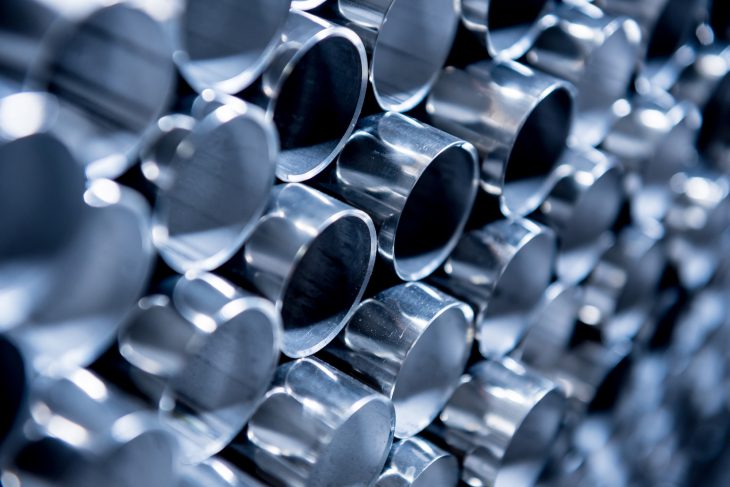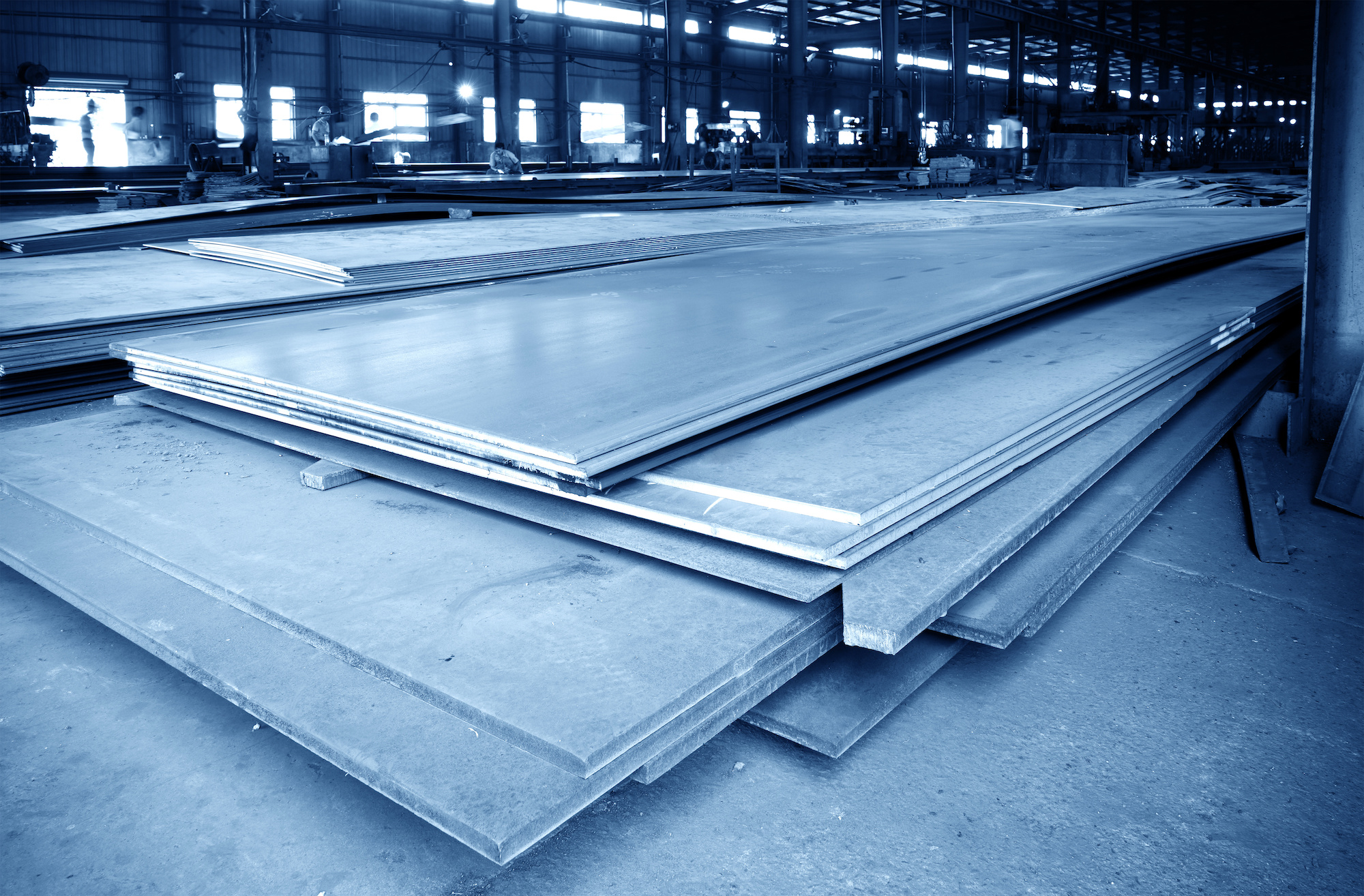
Steel is a remarkable material that has shaped the world we live in today. Its strength, versatility, and durability make it a key component in various industries, ranging from construction and transportation to manufacturing and beyond. In this article, we delve into 11 intriguing facts about steel, shedding light on its composition, history, and wide-ranging applications.
Steel, the Iron Alloy
Steel is an alloy composed primarily of iron, along with small amounts of carbon and other elements. The carbon content in steel is crucial, as it determines its strength and hardness. By controlling the carbon levels, different grades of steel with varying properties can be produced.
Ancient Origins
The origins of steel can be traced back thousands of years. Early civilizations in India and the Middle East were among the first to discover the process of creating steel by heating iron ore with charcoal, a method known as smelting. This discovery revolutionized the production of tools and weapons, fueling advancements in ancient societies.
The Industrial Revolution and Steel
The Industrial Revolution marked a significant turning point for steel. In the 18th century, the invention of the steam engine led to the development of new technologies, including the ability to produce large quantities of steel. This advancement played a crucial role in the rapid growth of industries such as railroads, machinery, and construction.
Steel’s Strength
Steel is renowned for its exceptional strength-to-weight ratio. It is incredibly sturdy and can withstand immense pressure, making it an ideal choice for building structures and infrastructure that require durability and resilience. From towering skyscrapers to long-span bridges, steel provides the structural backbone for some of the world’s most iconic landmarks.
Steel’s Versatility
One of steel’s most remarkable qualities is its versatility. It can be molded and shaped into various forms, allowing for a wide range of applications. Whether it’s used in the construction of automobiles, appliances, or even surgical instruments, steel offers unparalleled flexibility and adaptability.

The World’s Most Recycled Material
Steel is an environmentally friendly choice due to its high recyclability. In fact, steel is the most recycled material globally. Recycling steel not only conserves natural resources but also saves energy and reduces carbon emissions. This sustainable aspect of steel makes it an attractive option for a more eco-conscious future.
Stainless Steel’s Resistance
Stainless steel, a popular steel variant, exhibits exceptional resistance to corrosion and staining. This unique characteristic is due to the presence of chromium in its composition, forming a protective layer that shields it from the effects of rust and oxidation. Stainless steel finds extensive use in kitchen appliances, medical equipment, and architectural features.
High-Temperature Applications
Certain types of steel, such as heat-resistant alloys, can withstand extreme temperatures without losing their strength. These steels are commonly used in applications that involve high temperatures, including aerospace components, power plants, and industrial furnaces. Their ability to endure harsh conditions makes them indispensable in critical industries.
Reinforcing the Concrete Jungle
Steel plays a crucial role in reinforcing concrete structures. Reinforced concrete, a composite material consisting of concrete and embedded steel bars or mesh, combines the compressive strength of concrete with the tensile strength of steel. This synergy results in structures that can withstand heavy loads and resist cracking, making it a cornerstone of modern construction.
The Steel Industry’s Impact
The steel industry is a significant contributor to the global economy. It provides employment opportunities and drives economic growth in many countries. Additionally, advancements in steel manufacturing processes have led to increased efficiency and reduced environmental impact, further enhancing its value as a vital industry.

Steel in Everyday Life
Steel is an integral part of our everyday lives. From the vehicles we drive to the cutlery we use, steel surrounds us in various forms. Its strength, reliability, and aesthetic appeal make it an ideal choice for both functional and decorative purposes, highlighting its ubiquitous presence in our modern world.
Conclusion
Steel’s rich history, remarkable strength, and unparalleled versatility have solidified its position as a vital material in countless industries. From ancient civilizations to modern-day innovations, steel continues to shape our world in profound ways. As we move towards a more sustainable future, the recyclability and eco-friendly aspects of steel make it even more indispensable.
Frequently Asked Questions (FAQs)
What is the difference between steel and iron?
Steel is an alloy of iron, while iron is a pure element. The addition of carbon and other elements to iron gives steel its enhanced strength and other desirable properties.
Is steel stronger than concrete?
Yes, steel is stronger than concrete in terms of tensile strength. Concrete has good compressive strength but lacks the ability to resist tension. Reinforcing concrete with steel bars or mesh provides the necessary tensile strength for robust structures.
Can steel rust?
Steel can rust when exposed to moisture and oxygen. However, stainless steel contains chromium, which forms a protective layer, preventing rust and corrosion.
How is steel recycled?
Steel is recycled through a process called scrap metal recycling. Scrap steel is collected, sorted, and melted down in furnaces. The molten steel is then formed into new products, reducing the need for virgin steel production.
What are the different types of steel?
There are numerous types of steel, each with its own composition and properties. Some common types include carbon steel, stainless steel, alloy steel, tool steel, and mild steel.
Was this page helpful?
Our commitment to delivering trustworthy and engaging content is at the heart of what we do. Each fact on our site is contributed by real users like you, bringing a wealth of diverse insights and information. To ensure the highest standards of accuracy and reliability, our dedicated editors meticulously review each submission. This process guarantees that the facts we share are not only fascinating but also credible. Trust in our commitment to quality and authenticity as you explore and learn with us.


